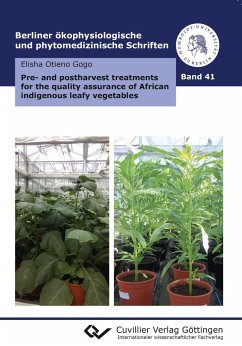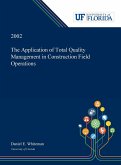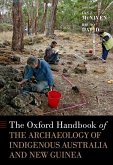Inadequate pre- and postharvest treatments of agricultural produce are one of the central problems developing countries are facing resulting in low yield and poor quality African indegenous leafy vegetables (AIVs). AIVs are rich in nutritional and health promoting plant compounds such as vitamins, minerals, proteins, dietary fibre and antioxidant compounds. However, due to high perishability and low storage capacity in fresh form, AIVs suffer significant loss in quantity and quality. Aim of the present study was to assess the situation of postharvest losses during AIVs supply chain (from smallholder farmer to consumer), determine the amount of postharvest loss (quantitave and nutritional) along the supply chain in Kenya. Thereafter, a series of studies were conducted on pre-harvest (electric current) and postharvest (UV-C irradiation) treatments to determine their effects on primary compounds (chlorophylls, mineral elements, proteins and dietary fibre) and secondary metabolites (carotenoids, flavonoids, phenolic acids, phenolic compounds, glutathione peroxidase (GPOX), and vitamin E) and microbial status as well as antioxidant capacity, in order to strengthen a product quality and safety oriented food supply chain. The study focussed mainly on two commonly consumed AIVs i.e. Vegetable amaranth (Amaranthus cruentus L. cv. Madiira) and African nightshade (Solanum scabrum Mill. cv. Olevolosi).








